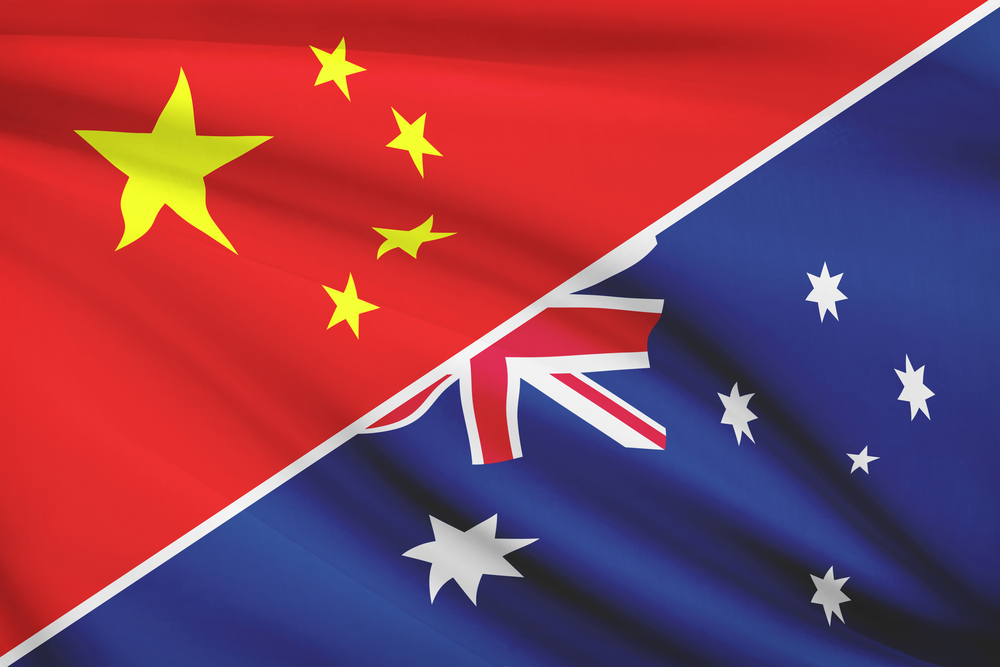Escalating Debate over the ISDS Dogs the China-Australia FTA

Please note that we are not authorised to provide any investment advice. The content on this page is for information purposes only.
The China–Australia Free Trade Agreement (FTA), signed and made public on 17 June 2015, included investor-state dispute settlement (ISDS) provisions, which allow foreign investors to claim against host states that violate substantive commitments if the treaty’s inter-state arbitration mechanism is unavailable due to political or diplomatic reasons. ISDS is especially useful when the host state’s laws and procedures do not meet commonly accepted minimum international standards.
The China–Australia Free Trade Agreement (FTA), signed and made public on 17 June 2015, included investor-state dispute settlement (ISDS) provisions, which allow foreign investors to claim against host states that violate substantive commitments if the treaty’s inter-state arbitration mechanism is unavailable due to political or diplomatic reasons. ISDS is especially useful when the host state’s laws and procedures do not meet commonly accepted minimum international standards.
Variants of ISDS provisions are included in most treaties concluded by Australia as well as many by China. As a major capital exporter, China’s recent treaties have expanded the scope of protection reinforced through ISDS provisions. Australia has instead become more cautious after Philip Morris Asia initiated an ISDS claim in 2011 over Australia’s tobacco plain packaging law. The Gillard government then issued a Trade Policy Statement, which went as far as eschewing ISDS in any future treaties – even with developing countries.
However, since the change of government in 2013, the Abbott government has reverted to including ISDS on a case-by-case assessment. It was incorporated into the long-stalled South Korea–Australia FTA signed in 2014, but not the Economic Partnership Agreement (EPA) with Japan.
Public debate in Australia over ISDS has escalated, particularly around negotiations for the Trans-Pacific Partnership (TPP), which includes Australia, Japan, and the US, but not China. An anti-ISDS bill was introduced in 2014 to prevent the provisions being included in future agreements, but the senate committee recommended against enactment. In 2015, opponents have been highlighting ISDS in a broader senate inquiry into the role of the legislature and public consultation in Australia’s treaty-making process. The Australian parliament will now inquire into the China–Australia FTA, including the ISDS provisions.
Some have argued the ISDS provisions in the China–Australia FTA are less open than those in other agreements, particularly regarding transparency. But Article 9.17 of the investment chapter states that respondent (host) states must publicise the notice of arbitration and the tribunal’s decisions, as well as the pleadings and transcripts of hearings. They may also publicise submissions from the home (non-disputing) state if the latter agrees.
The main difference with equivalent provisions in the Korea–Australia FTA is that hearings themselves will be public only if the host state agrees. However, Australia would probably agree if subject to a claim. In addition, proceedings under other recent investment treaties allowing for open hearings attract few spectators – especially if the host state can publicise transcripts and pleadings anyway. Interestingly, the ISDS procedures under the China–Australia FTA include a code of conduct for arbitrators, not elaborated in other Australian treaties but similar to requirements for inter-state arbitration.
The more important point about the China–Australia FTA is that it limits substantive commitments protected by ISDS, compared to say the Korea–Australia FTA. One protection is ‘national treatment’, so a discriminatory tax cannot be imposed on Australian investments once made in China. Another is ‘most favoured nation’ treatment, so Australian investments can benefit from stronger protections that China may offer other countries’ investors under future treaties.
However, China’s FTA with Australia does not commit to ‘fair and equitable treatment’, including ‘denial of justice’ by local courts. Fortunately, this protection is available under a 1988 bilateral investment treaty between China and Australia, but it can only be enforced through inter-state arbitration. Maybe the Australian government did not want its investors embarrassingly making direct ISDS claims against China if they find themselves being egregiously treated in courts there. Australians have already had disturbing run-ins with the Chinese courts.
Another commentator is worried about Chinese investors bringing ISDS claims if Australian authorities refuse to grant a mining permit due to environmental concerns. However, this would only be possible under this FTA if the refusal was discriminatory. And the FTA does include an express exception for proper environmental protection measures.
There are also concerns that the China–Australia FTA’s investment chapter is not ‘finalised’, particularly regarding ISDS. Article 9.3 does indeed provide for negotiations after a work program is completed within three years of the treaty entering into force. This will consider adding certain provisions: fair and equitable treatment; compensation for expropriation, which is partially covered by ISDS in the 1988 bilateral treaty; the ‘application of investment protections and ISDS to services supplied through commercial presence’; as well as ‘scheduling of investment commitments by China on a negative list basis’.
This actually presents a good opportunity for broader public consultation on the compromise achieved between investor and host state rights reinforced through ISDS in this FTA, alongside the protections under the 1988 bilateral investment treaty.
When the China–Australia FTA comes into force containing any form of ISDS-backed protections, Australia and Japan must also conduct a review of their EPA’s investment chapter. This is another good reason for Australia to develop a model investment treaty or chapter, or at least model provisions, in order to improve public understanding and debate particularly over ISDS, as recommended by the (majority) report of the senate inquiry into treaty making.
Otherwise, misapprehensions and concerns are likely to proliferate. Ill informed, discontent risks adding an extra roadblock towards negotiating regional FTAs, such as the TPP or the Regional Comprehensive Economic Partnership, let alone a comprehensive but well-balanced multilateral investment treaty.
Compromised investor–state arbitration in China–Australia FTA is republished with permission from East Asia Forum




